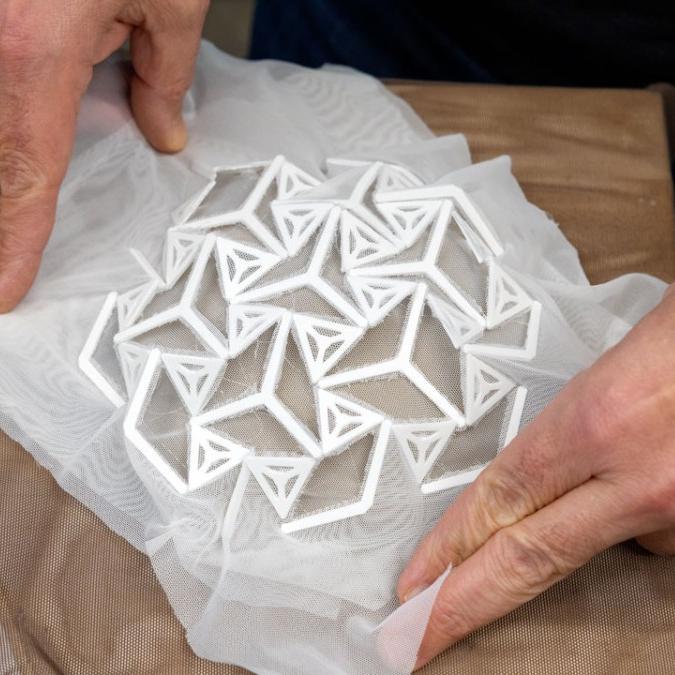The development of primary visual cortex and other primary sensory areas in the brain are well studied and understood. But very little is known about how higher cortical areas develop after the primary ones are in place. These secondary areas surround the primary areas and further integrate information in subsequent stages of processing.
Similarly, very little is known about how these secondary cortical areas evolved in larger brains.
A new study by Cornell and Yale University researchers uses computer modeling to show, for the first time, that the development and evolution of secondary visual cortical areas can be explained by the same process.
The study “Self-Organization of Cortical Areas in the Development and Evolution of Neocortex,” was published Nov. 17 in Proceedings of the National Academy of Sciences.
“We want to know what kind of a computing device our brain is, and one of the most critical ways you could figure that out is to see how it gets built,” said co-author Barbara Finlay, the W.R. Kenan Jr. Professor Emerita of Psychology in the College of Arts and Sciences. “It makes an extreme difference for any kind of developmental disability or neurological problem.”
The other co-author is Nabil Imam, Ph.D. ’14, a researcher in the Computer Systems Laboratory, in the School of Engineering and Applied Science at Yale University. “Our goal is to uncover mechanisms by which the cortex wires itself up, and reveal conserved patterns and systematic variations in its evolution”, Imam said.
For this study, Finlay and Imam developed a computer model that used physical parameters representing primary and secondary visual areas, which vary in species ranging from mice to monkeys. The model consisted of a growing network, with “nodes” representing populations of neurons and “edges” representing connections between them. The network was spatially embedded within a layout similar to the layout of the cortex. Finlay and Imam found that characteristic features of secondary visual areas developed from neural activity patterns arising from the primary visual cortex alone.
“It’s an activity-driven wiring process” Imam said. Activity in primary visual cortex generates activity in neighboring secondary areas. This correlated activity results in the formation of new synapses between neurons in these two areas. As the synaptic resources of the neighboring secondary areas deplete, new synapses form between primary visual cortex and cortical areas further down the processing hierarchy. In this way, primary visual cortex organizes multiple cortical areas across the visual system.
As the researchers increased the size of their model cortex, new cortical areas emerged without any modification to the underlying growth process. This result suggests that as the size of the cortex increased in evolution, new cortical areas emerged not due to genetic pre-specification, as previously thought, but as a consequence of the physics of a growing network.






